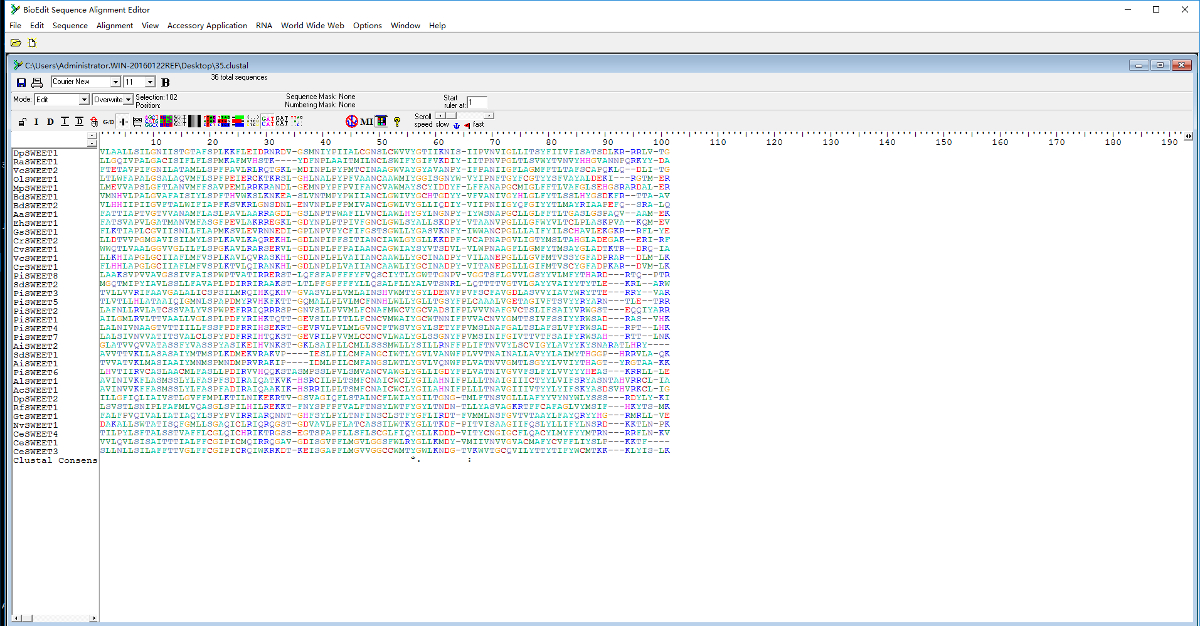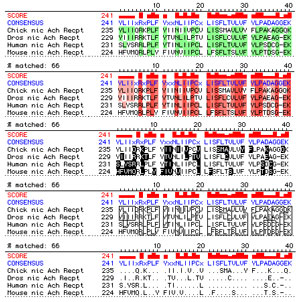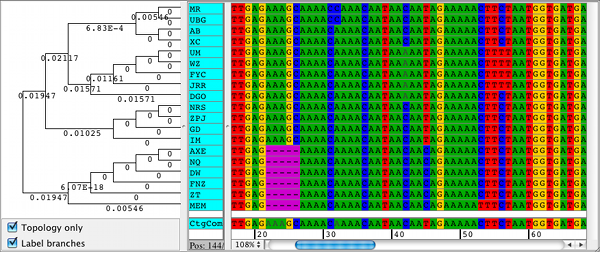

Thus the algorithms will work for some sequences, but not for others.

They also assume that thre are not many long insertions and delections. Usually the multiple sequence algorithms assume that the sequences are similar in all its length and they behave like global alignment algorithms. The drawback is that the result might not be optimal. Given the number of sequences usually involved no algorithm is capable of doing that.Įvery algorithm available reverts to a heuristic capable of solving the problem in a much faster time. The memory and time required for solving the problem would increase geometrically with the lenght of every sequence. This algorithm would had to create a multidimensional matrix with one dimension for each sequence. It would be ideal to use an analog of the Smith & Waterman algorithm capable of looking for optimal alignments in the diagonals of a multidimensional matrix given a scoring schema. Multiple alignments are computationally much more difficult than pair-wise alignments. The algorithms will try to align homologous positions or regions with the same structure or function.

The multiple sequence alignment asumes that the sequences are homologous, they descend from a common ancestor. Protein structure comparison and prediction Some of the most usual uses of the multiple alignments are: We could align several DNA or protein sequences. Multiple Sequence Alignment ¶ Introduction ¶Ī Multiple Sequence Alignment is an alignment of more than two sequences.


 0 kommentar(er)
0 kommentar(er)
